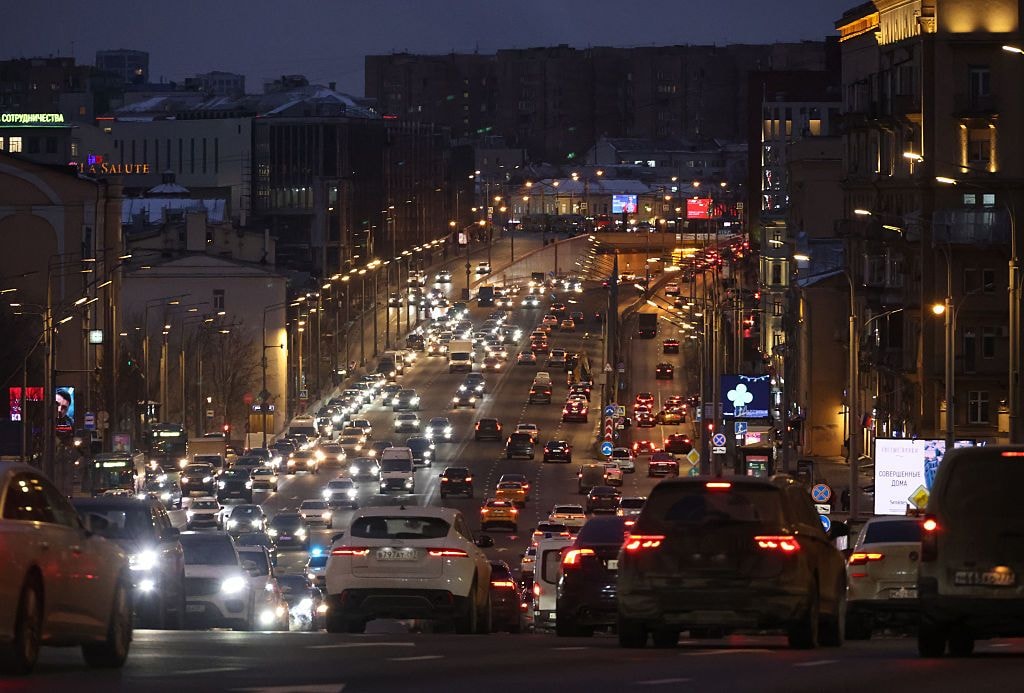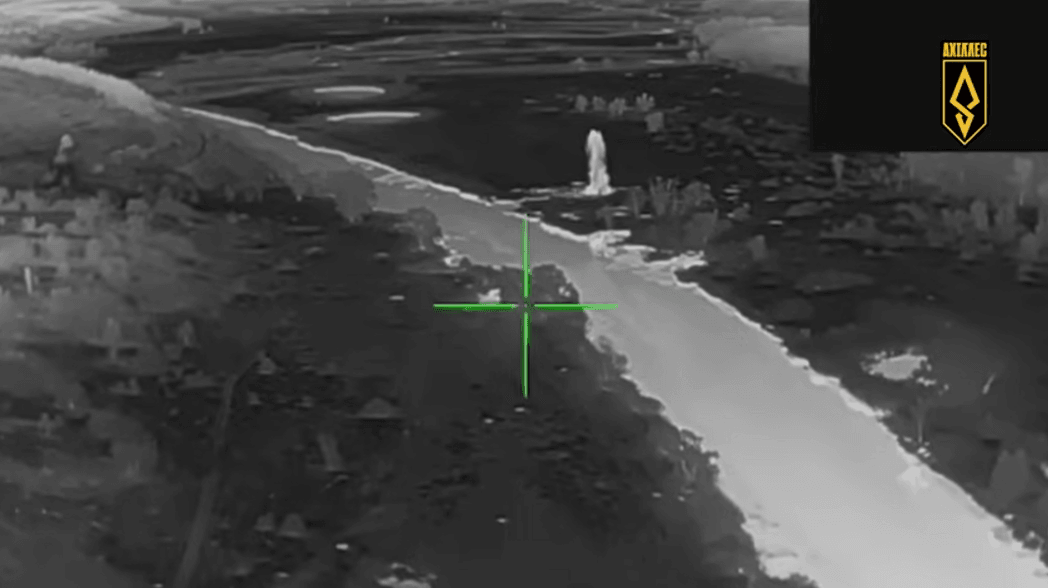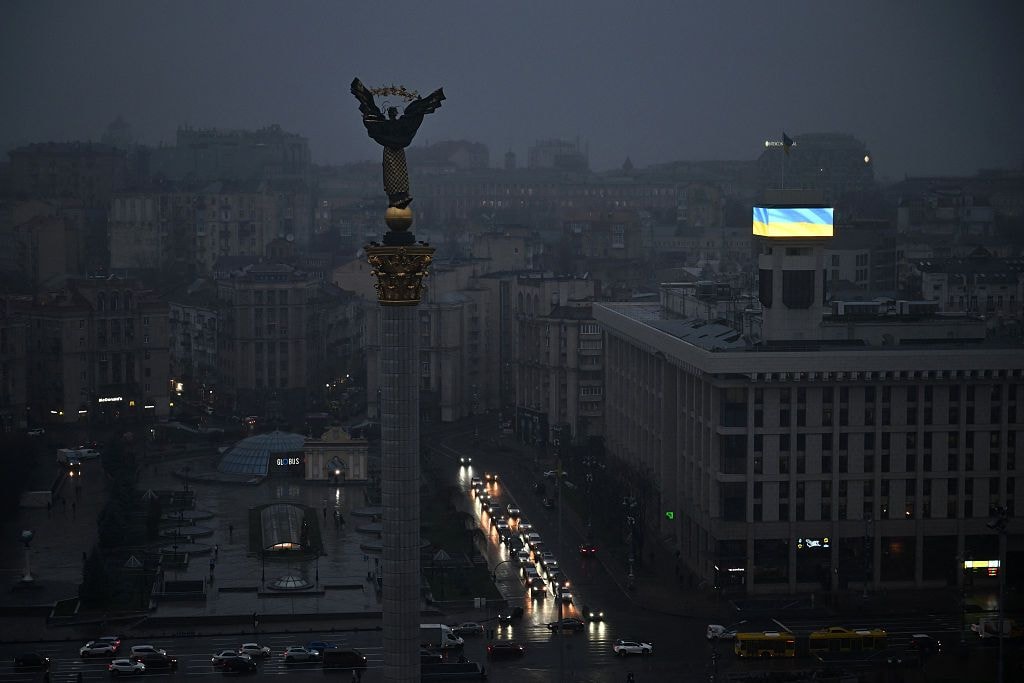Chart of the week: What do Ukraine's front-line communities need?

Get more news like this directly to your inbox every week by subscribing to our Ukraine Business Roundup newsletter.
Kyiv-based humanitarians often tell the story of a United Nations convoy in late 2022 turning up with crates of food in recently liberated villages of eastern Ukraine, only to discover well-fed residents protesting that what they really needed was windows.
Apocryphal or not, the anecdote invokes a widely held suspicion that humanitarian organizations are out of touch with what people need. If true, that's a problem — 12.7 million Ukrainians require humanitarian assistance, according to the U.N.
But few people are aware of the grueling and rigorous work that goes on in the background to mitigate this issue by asking people: What do you need?
Impact Reach, a Swiss organization that operates in 37 countries, including Venezuela, Somalia, Afghanistan, and Ukraine, interviews thousands of people each year across Ukraine about all aspects of their life — including their income, health, education level, and day-to-day life.
The results feed into the humanitarian system, helping organizations like the U.N. make decisions about what aid needs to be delivered and where. Impact's latest survey, conducted in July and August 2025 and released last week, asked almost 3,000 people all over Ukraine about their needs and priorities, including communities within 50 kilometers of the front line.
A striking result from the survey is the meager median monthly income in Ukraine — just over $200 a month. That result is nationally representative at the 95% confidence level, which means that the results should reflect wider Ukrainian socioeconomic conditions.
The data also shows a huge gap between urban and rural households: $240 vs $160. While these numbers are not representative of the entire country — because of how Impact does its sampling — they are still highly indicative of a powerful urban-rural divide in Ukraine.
The numbers are stomach-churning, given the extreme wealth on display at times in places like Kyiv — although even in the capital, the average salary is around $700, according to a top Ukrainian site for job postings, Work.ua.
The survey also reveals where households have chosen to make savings to cope with a lack of resources. Thirty-two percent of Ukrainians have resorted to reducing essential health expenditures, including on medication, but that climbs as high as 51% for people living within 50 kilometers of the front line in the embattled Donetsk Oblast. Older people are particularly affected in front-line oblasts, resorting more frequently to extreme coping strategies.
When it comes to face-to-face encounters with the war, 62% of people across Ukraine have been exposed to drone or missile attacks. Of those people, almost half experience them on a daily or almost daily basis.
In the front-line oblasts, people face the additional danger of artillery and armed violence. In Donetsk and Kherson, as many as 75% and 81% of people were exposed in the last three months.
You can find the results from hundreds more questions here. While Impact interviewed almost 10,000 people last year, unfortunately, the sudden reduction in U.S. funding to humanitarian causes under the second Trump administration since January 2025 has forced the organization to "re-prioritize."









